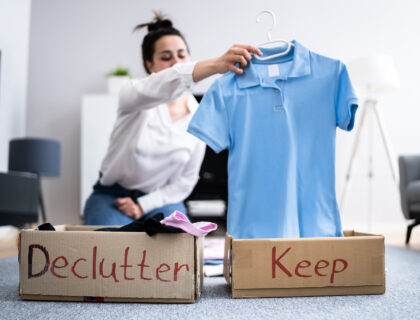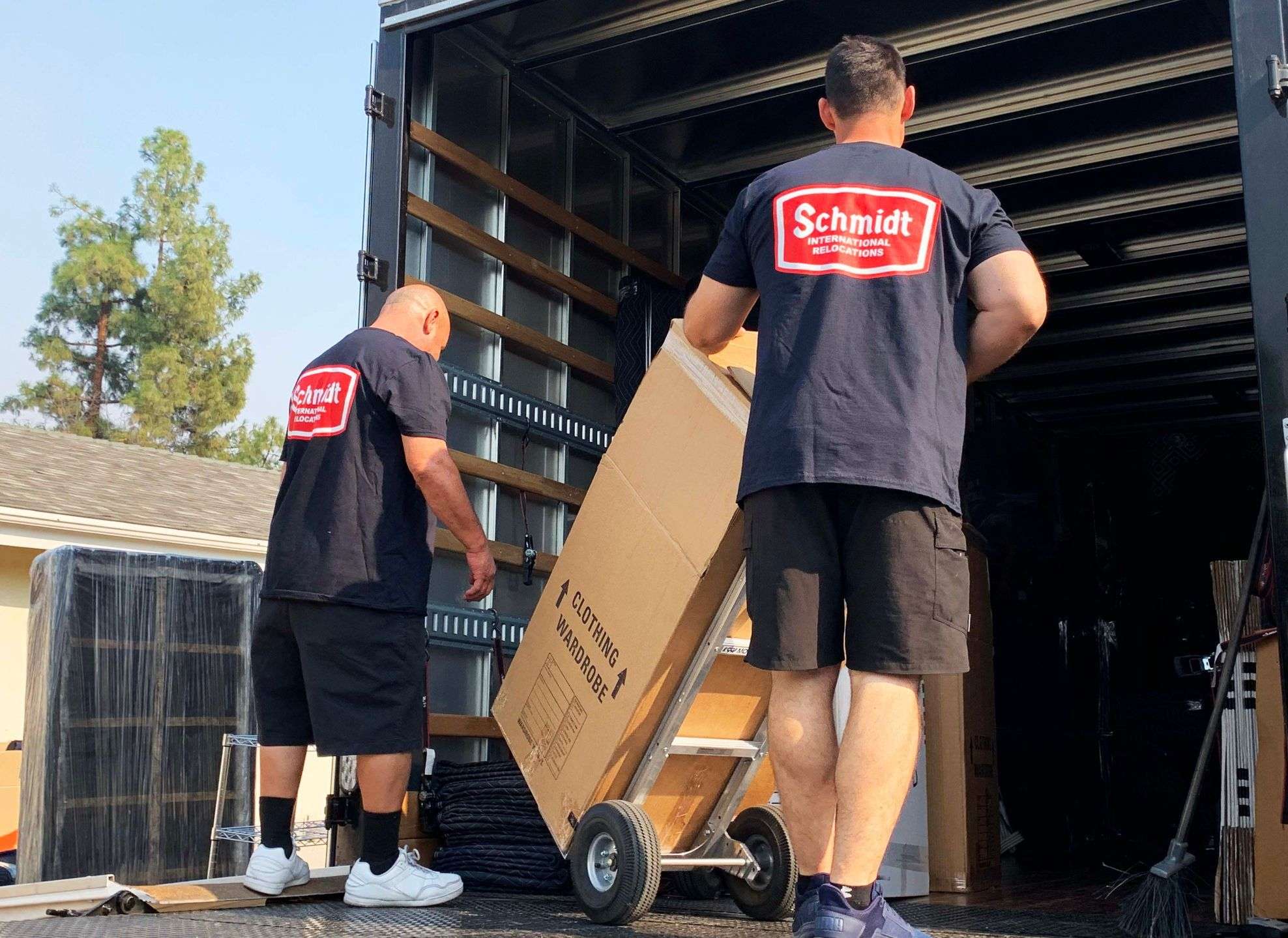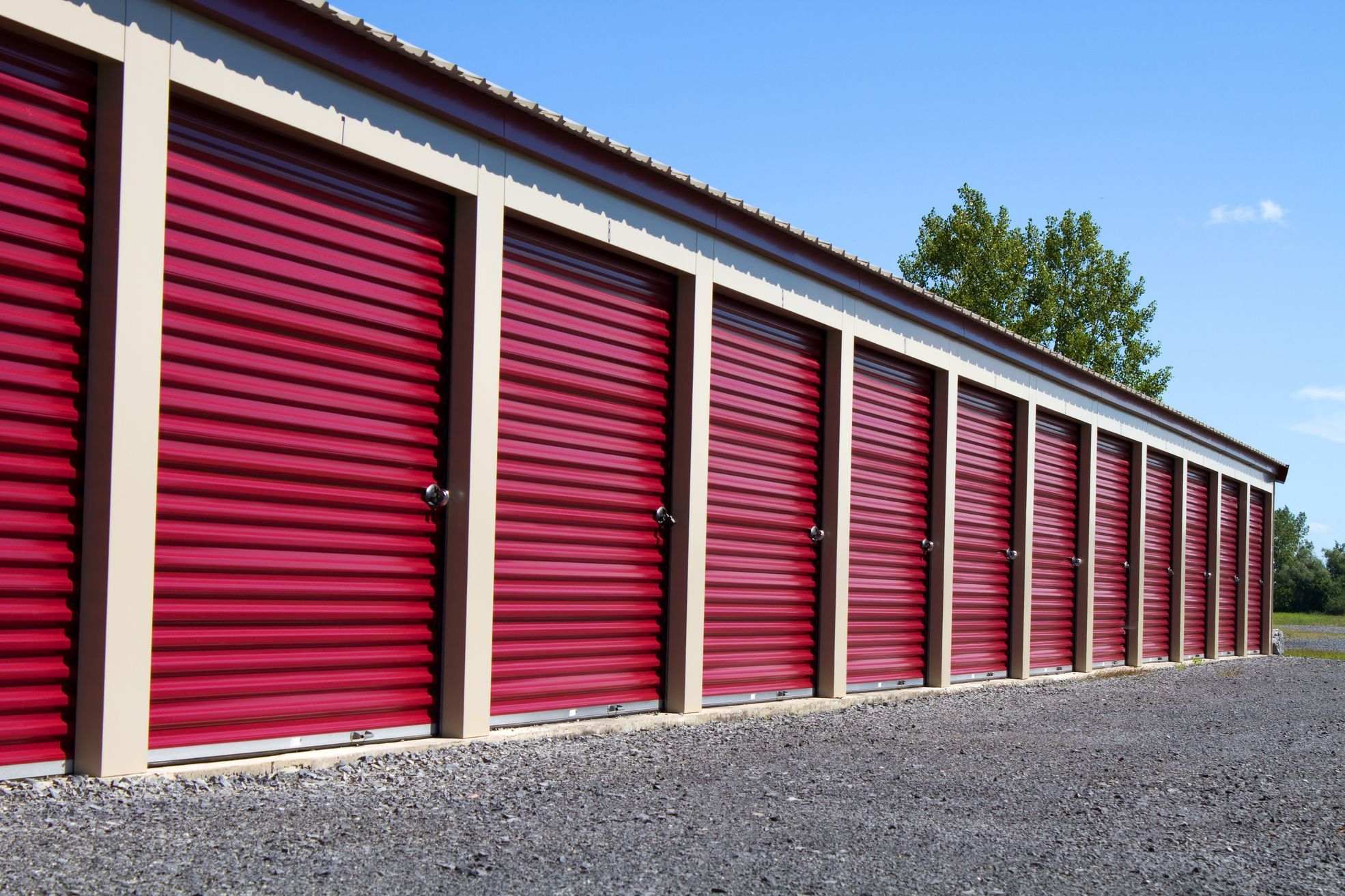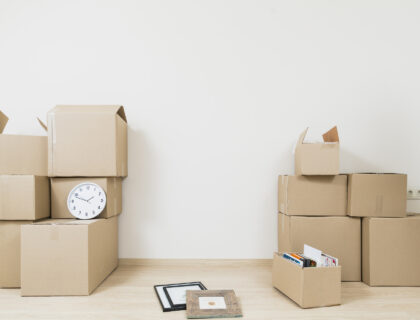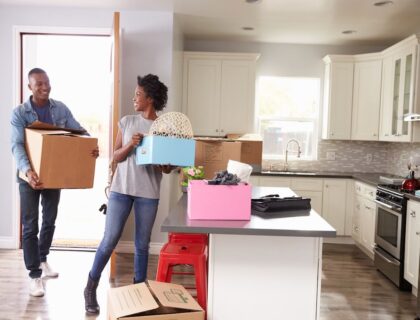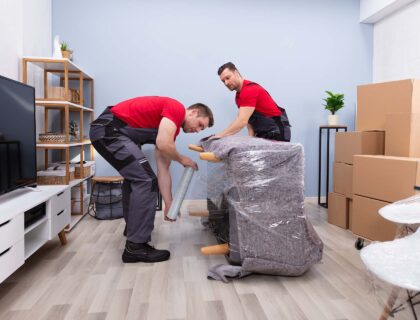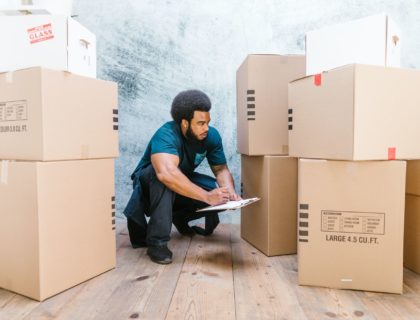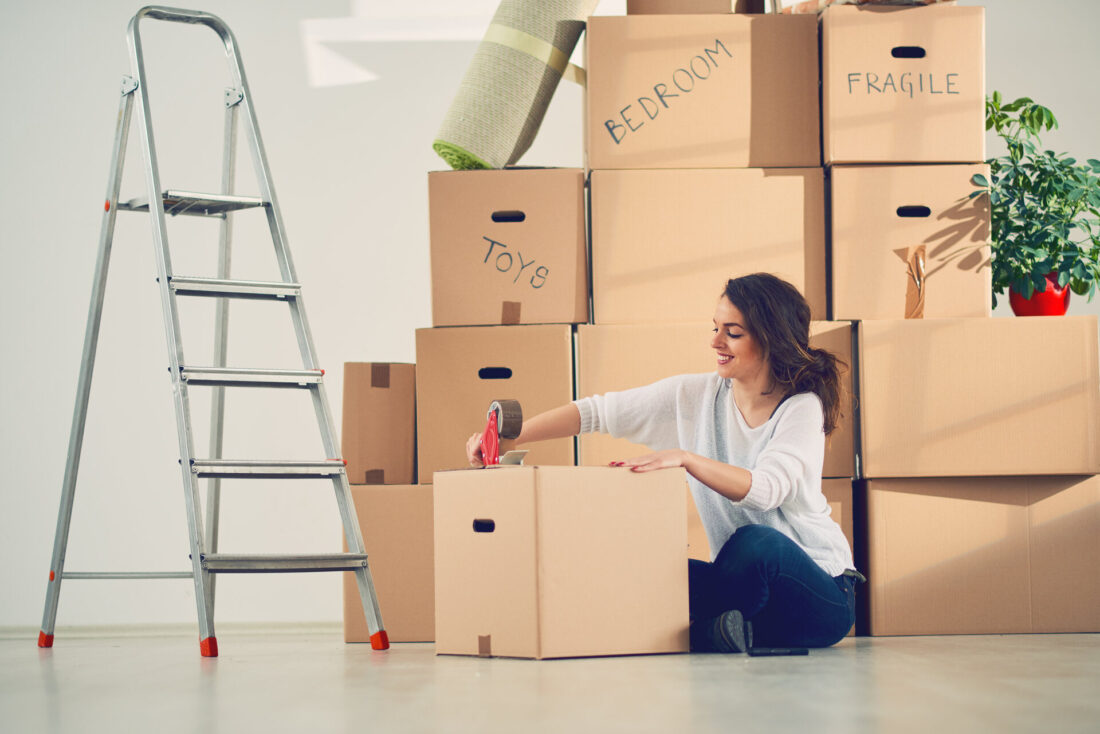

Preparing your belongings for an international relocation can be quite an exhausting task, especially when you consider that the average American home contains over 300,000 items. Knowing how to pack for a move is crucial to ensure a smooth and stress-free relocation. Let’s check out how to do it effortlessly.
How to Pack for a Move?
Packing for a move requires careful planning and organization. Start by creating a detailed moving checklist and timeline. Gather essential packaging supplies like boxes, tape, and bubble wrap. Efficiently assess and declutter your belongings, deciding what to keep, donate, or discard.
Use proper packing techniques for different items to ensure they remain safe during transit. Don’t forget to wrap an essentials box for immediate needs upon arrival. For a stress-free experience, consider hiring professional movers like Schmidt International Relocations.
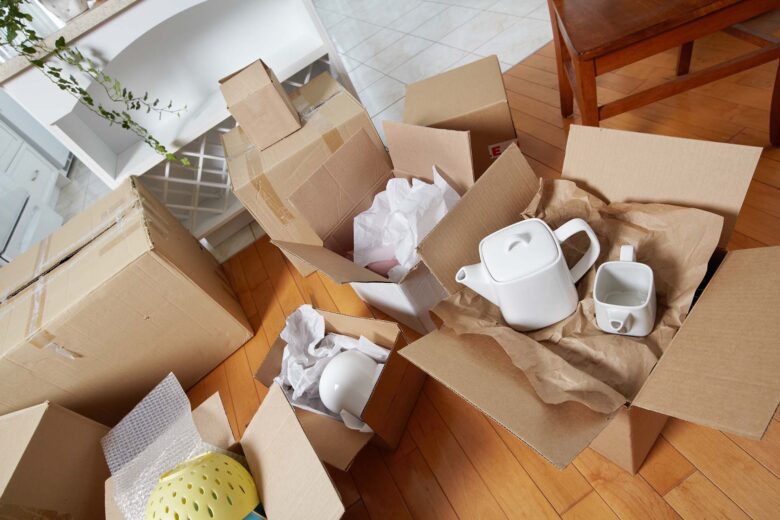
Take Some Time to Plan the Entire Process
Did you know that over 5 million Americans live overseas? If you are planning a relocation, now is the right time to learn how to pack when moving. Starting with a moving checklist is vital for staying organized and ensuring you don’t overlook any tasks.
List the essential tasks such as notifying utilities, gathering packaging supplies, and setting up a timeline. Break down the wrapping schedule into manageable daily goals, beginning several weeks in advance to avoid last-minute relocation stress.
Assess All the Belongings and Declutter
Assessing the necessity of your belongings is an essential part of moving internationally. It helps streamline the sorting process and reduces the volume of items to be moved, which can save on shipping costs. Consider the practicality and sentimental value of each item, prioritizing essentials and valuable items. Categorize items into groups such as keep, donate, sell, and discard. The fewer items you transport, the lower the shipping expenses will be.
Additionally, leaving behind unnecessary belongings reduces the physical and mental burden associated with packing and unpacking, making the entire moving process smoother. Decluttering allows you to prioritize essential and meaningful items, ensuring the new home is organized from the start. It also presents an opportunity to donate usable items, support local communities, and reduce waste.
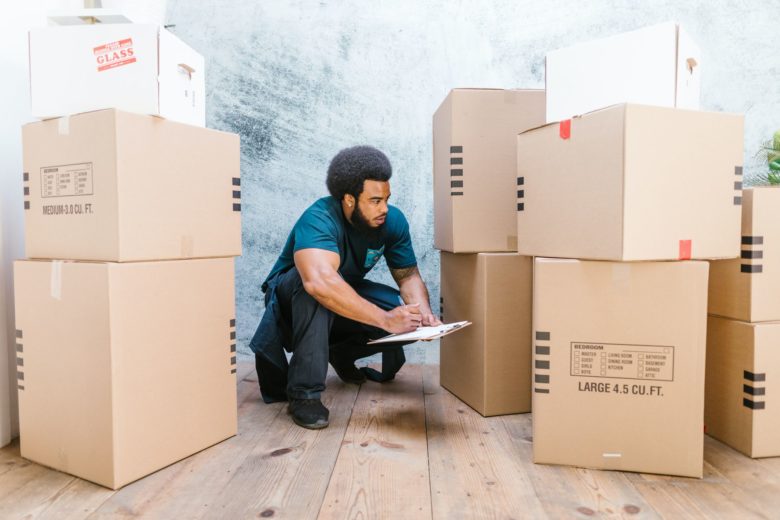
Gathering All the Packaging Supplies
When preparing for a move, having the right packing materials is crucial. Start with sturdy boxes of various sizes, each designed for different items. That’s how small boxes are ideal for heavy items like books, while medium-sized containers are good for kitchenware.
On the other hand, large boxes are used for lightweight, bulky items like bedding. Packing tape is essential for sealing boxes securely, while bubble wrap and packaging paper provide cushioning for fragile items. For delicate and valuable items, consider specialty wrapping materials such as foam peanuts, padded paper and dividers, and custom crating to ensure maximum protection during transit.
Where to Get Wrapping Supplies?
Finding the right packing supplies is essential for a smooth wrapping process. You can purchase boxes, tape, and cushioning materials from home improvement stores, moving supply companies, and online retailers.
For eco-friendly alternatives, consider using recycled boxes, biodegradable foam peanuts, and reusable fabric wraps. Thrift stores and community groups often have free or low-cost supplies, and you can repurpose items you already own, like towels and blankets, for padding fragile items.
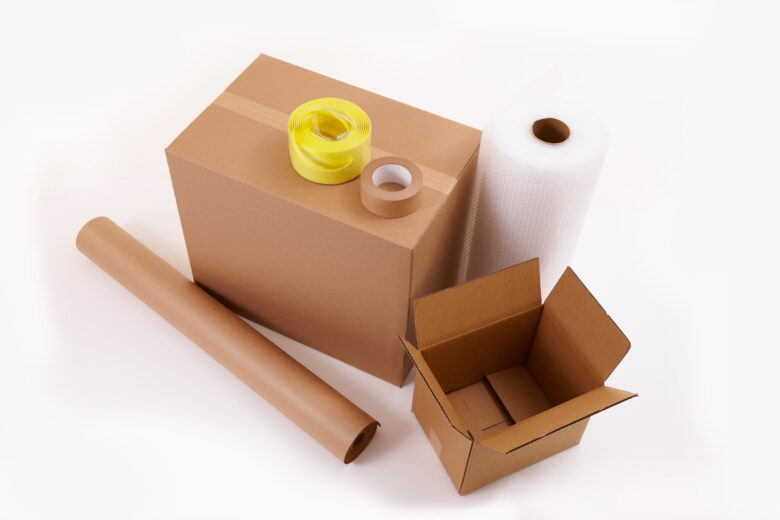
Wrapping Techniques for Different Items
Proper techniques are essential to ensure your belongings arrive safely at the new home, especially when relocating across the world. Different items require specific methods to prevent damage and maximize space efficiency. This being said, let’s check out how to handle items correctly for the best protection.
Clothing and Accessories
When protecting clothing and accessories, wardrobe boxes are invaluable. These tall boxes allow you to hang clothes directly, keeping them wrinkle-free and ready to wear. For other clothing items, rolling can be a space-saving method, ideal for casual wear and minimizing wrinkles.
On the other hand, folding is better for delicate fabrics and formal attire to maintain their shape. Accessories like belts and jewelry should be packed in separate, secure containers to avoid damage.
Shoes and Other Footwear
When packing shoes, it’s essential to wrap each pair individually to prevent scuffs and damage. If you don’t want your favorite pairs to lose their shape, make sure to stuff them with some socks or padding materials like bubble wrap or paper.
Use packing paper or bubble wrap for extra protection. Place heavier shoes at the bottom of the box and lighter ones on top, ensuring they fit snugly to avoid shifting during transit.
Electronic Devices
Using the original boxes and manuals for electronics is the best way to ensure they are protected during the relocation. These containers are designed to fit the equipment perfectly and provide the necessary cushioning.
If the original packaging is unavailable, use sturdy boxes with ample padding, such as bubble wrap or foam, to prevent damage. Proper cushioning is crucial to absorb shocks and vibrations. Additionally, labeling cables and components is essential for easy reassembly and ensuring nothing is misplaced or tangled when setting up in your new home.
Kitchen Items
Using dish packs is an excellent way to protect the kitchen items during the relocation. These sturdy, compartmentalized boxes are specifically designed for packing dishes, glasses, and other fragile items, ensuring they remain secure and intact.
Place a layer of cushioning material at the bottom of the box, then wrap each item individually in packing paper or bubble wrap before placing it in the box. Fill any empty spaces with additional cushioning to prevent shifting. Clearly labeling each box as “Fragile” and specifying its contents will make unpacking easier and safer.
Furniture and Large Items
Disassembling larger furniture pieces can make them easier to move and reduce the risk of damage. Start by removing legs, cushions, and any detachable parts, and keep screws and small components in labeled bags.
Wrap each piece in moving blankets or bubble wrap to protect against scratches and dents. With Schmidt International Relocations, larger furniture and appliances will be taken care of with ease. Our professional movers will carefully protect and transport them to the new home.
Tips for Packing Fragile and Valuable Items
Proper protection for valuable and fragile items is crucial to prevent damage during transit. Using bubble wrap and foam peanuts offers excellent cushioning and shock absorption. When it comes to finding the best way to wrap breakables, it often depends on the type of item you’re wrapping.
For glassware and ceramics, wrap each piece individually in bubble wrap, securing it with tape. After that, place the item in a sturdy box, filling any gaps with foam peanuts. Plates should be packed vertically to reduce the chance of breaking. Always label boxes containing fragile items as “Fragile” and include handling instructions. This is especially important for international moves to ensure careful handling throughout the journey.
Securing Valuable Items
Using secure containers is essential for protecting valuable belongings. Items like jewelry, important documents, and small electronics should be packed in lockable, hard-sided containers. Whenever possible, keeping valuables with you during the move is the safest option to ensure they don’t get lost or damaged.
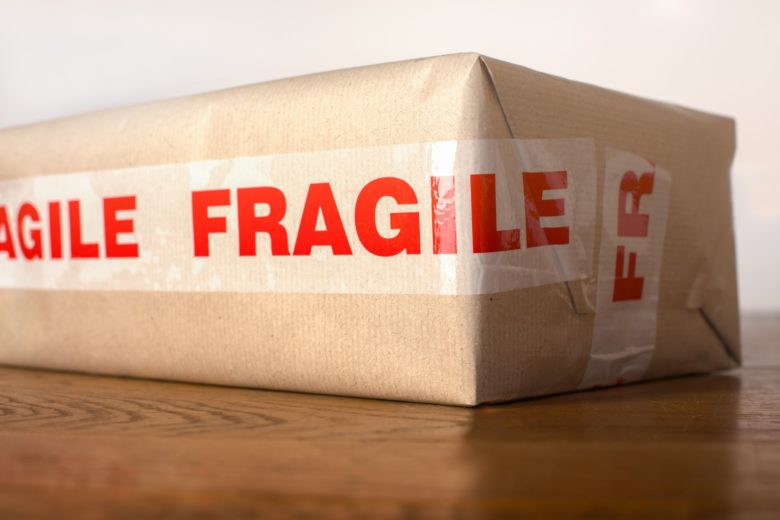
Wrapping Strategies for Different Family Members’ Items
If you are not moving abroad alone, there are some additional steps you should take. Boxing up kids’ stuff can be fun and engaging by involving them in the process, allowing them to protect their favorite toys and essentials, making the transition smoother.
Prepare a special “first-night” box with their comfort items to help ease anxiety. For pets, whether it’s a cat, dog, or other furry friend, ensure their comfort by boxing up their supplies, such as food, toys, and bedding, and consider their needs throughout the relocation. When moving overseas with pets, check regulations and prepare the necessary documentation to ensure a hassle-free relocation for your furry friends.
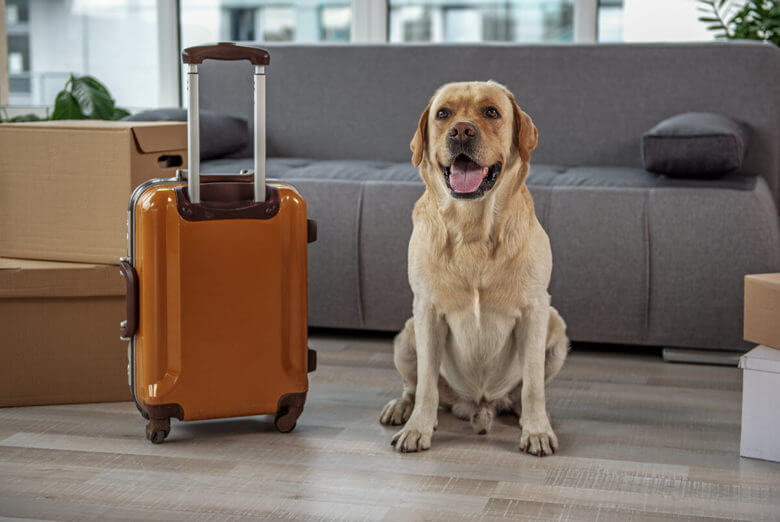
Last-Minute Wrapping Tips
An essentials box is a lifesaver during the chaos of moving. It should contain all the items you’ll need immediately upon arriving at your new home. Remember to set aside some toiletries, important documents, a change of clothes, basic kitchen supplies, medications, and chargers for the electronics.
Keeping this box accessible ensures that you have everything you need without having to dig through packed boxes. By having these necessities at hand, you can settle into the new home more comfortably while unpacking the rest of the stuff.
Final Walkthrough Before Relocation Crew Comes
Before closing the door on your old home, conduct a final walkthrough to check each room. Ensure nothing is left behind, including often overlooked areas like closets, cabinets, and drawers. Verify that all essential items are packed and nothing is forgotten. Confirm with the moving company that all belongings are accounted for and ready to go. This final step helps prevent any last-minute surprises on the moving day and ensures a smooth transition.

Hire the Professional International Movers to Do All the Hard Work
Hiring a professional moving company like Schmidt International Relocations can transform the overwhelming task of relocating abroad into a seamless experience. With top-notch moving and packing services, these experts handle every aspect of the relocation, even helping you navigate complex customs regulations.
With industry knowledge and resources, professionals ensure the safety and efficiency of the relocation. Letting an international moving company take charge not only reduces stress but also frees up your time to focus on other important aspects of the move, making the transition smoother and more manageable.
Seal the Deal With Expert Help From Schmidt International Relocations
Preparing the belongings for a relocation, especially an international one, can be a complex and stressful process. With the right strategies and hiring professional movers, you too can ensure a seamless experience.
Remember, the key to a successful move is organization and preparation. For a stress-free relocation experience, contact Schmidt International Relocations. Our expert team is ready to handle all the hard work, making the transition as seamless as possible. Reach out to us today for a consultation and quote.

